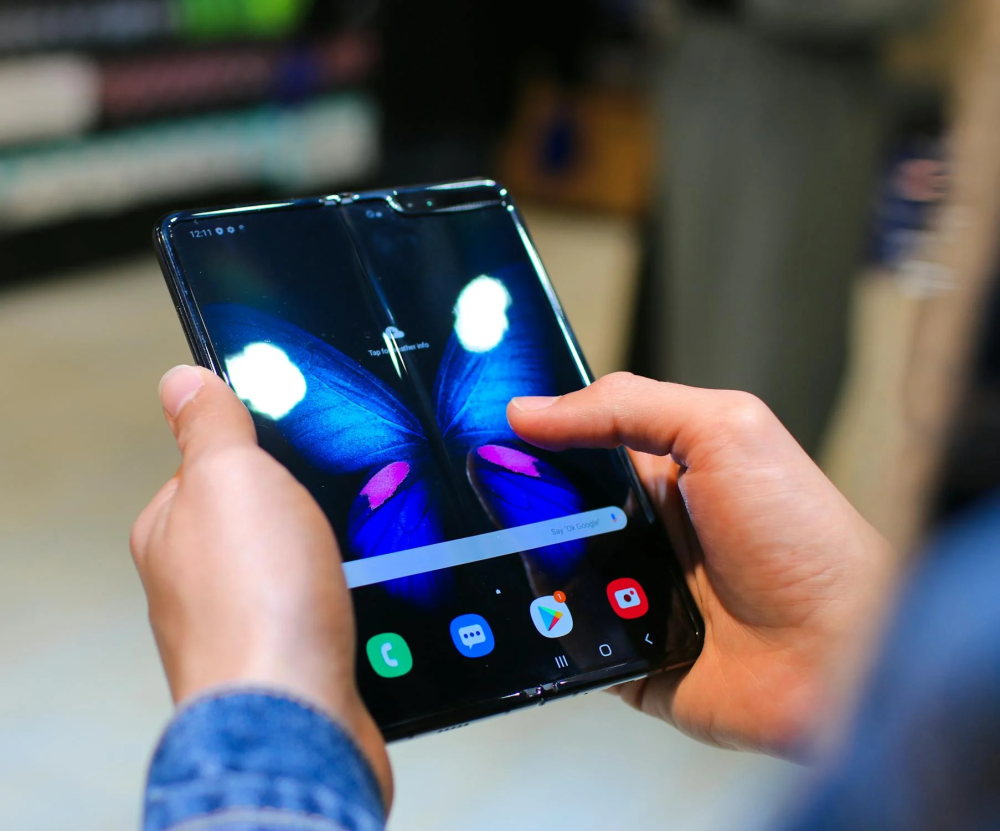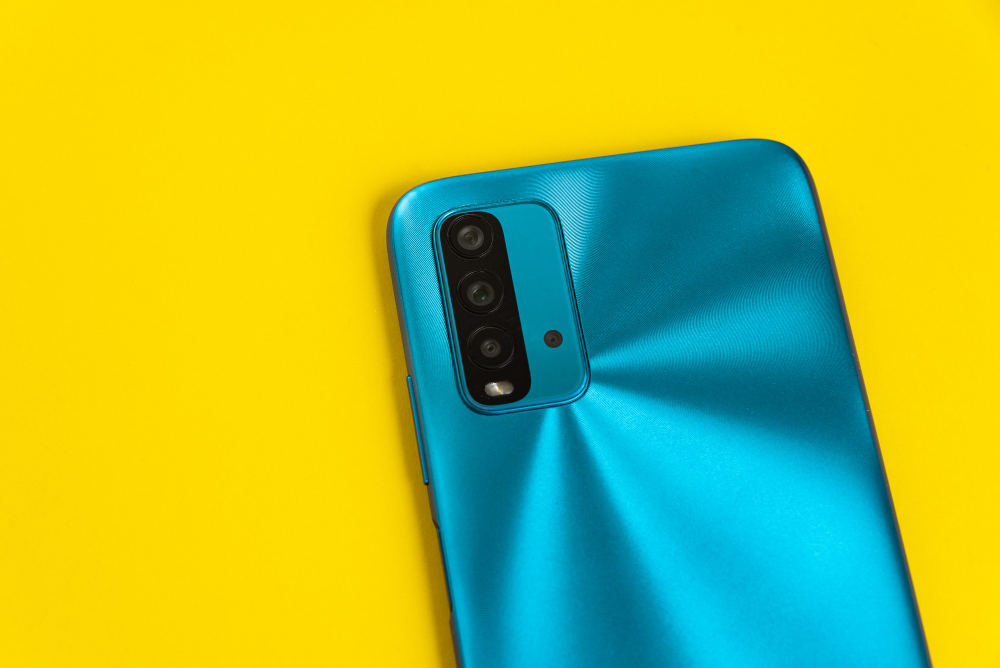The tech world has had a lot of hope and predictions about foldable smartphones over the last few years. Even with the release of foldable devices by prominent companies such as Samsung and Huawei, one wonders if these are really great as they are said to be and whether they belong to the future.
What Are Foldable Phones?
The screens of foldable smartphones can be bent or folded, and the user can get a wider view but still keep it in a small form. Usually, these phones come with an OLED (Organic Light-Emitting Diode) display which can be flexible; some may have a flip or booklet design. Essentially, foldable phones are most attractive for their nature as a hybrid between the portability of the regular smartphone and the large screen experience that comes with tablets.
Although initially seen as a novelty, the latest progress in technology has brought foldable phones closer to becoming mainstream. Some of the leading devices in this category include Samsung’s Galaxy Z Fold and Z Flip series, Huawei’s Mate X as well as Motorola’s Razr.
The Benefits of Foldable Phones
Multitasking and Productivity
Foldable phones can enhance multitasking. The extra screen real estate allows for features like split-screen multitasking, where users can run two apps simultaneously or view multiple pieces of information at once. This makes foldable devices attractive to professionals and power users who need a versatile, portable device for productivity. For example, you could take notes while viewing a document or check your calendar while looking for the 1xbet download to play—something that isn’t as seamless on a traditional smartphone.
Larger Screens in a Compact Form Factor
The ability of foldable phones to provide bigger screens without giving up portability is one of their greatest advantages. Although traditional smartphones have larger screens, they are very inconvenient because they are too wide to put in your pocket or a small bag. This problem is addressed by the foldable phone as it gives way for a wider screen upon unfolding, yet it remains compact for one to store conveniently.
Innovation and Design Appeal
Cutting-edge innovation is what foldable phones stand for among tech enthusiasts and early adopters. The folding mechanism, in combination with the unique design, usually attracts attention and creates interest. This slim, modern appearance makes foldables attractive, especially since most smartphones look the same. The industry players are still working on new form factors and features that make these devices really interesting.
The Challenges of Foldable Phones
Durability Concerns
Durability is the biggest issue for folding phones. The folding mechanism and flexible displays are still relatively new technology, and users have expressed concerns about the longevity of the hinges and screens. Initially, it was reported that some devices would fail to function properly in less than six months of use; examples are screen cracks or folding mechanisms failing.
Despite the advancements made by companies such as Samsung to enhance toughness in devices like the Galaxy Z Fold 6, which now comes with a better hinge and a more durable screen protector, foldable mobile phones can easily get damaged and do not last long compared to traditional smartphones.
Price Premium
Foldable phones are generally more expensive than regular smartphones, sometimes by a significant margin. While prices have started to come down as technology improves, foldables still remain a premium product. For example, Samsung’s Galaxy Z Fold 5 can retail for over $1,700, while you can easily find flagship non-folding smartphones in the $800 to $1,200 range.
This price gap makes foldable phones an exclusive option for consumers who are willing to pay extra for the novelty and benefits. However, for many people, the added cost may not seem worth it, especially given the fact that foldables are still seen as niche devices.
App Optimization and Software Compatibility
The unique sizes of screens on foldable phones have posed a challenge to app developers although manufacturers are doing everything possible to solve this problem by collaborating with them. It is possible that some applications may stretch, become distorted, or fail to operate under the split-screen mode in these cases. On certain occasions, users may get annoyed because the applications do not function properly on foldable screens like they expect.
The Future of Foldable Phones
The future of foldable phones is promising, but it depends on overcoming some key challenges. As the technology matures, we can expect the following developments:
Improved Durability
There will be more durable foldable phones in the future as long as technology keeps advancing and engineers work on it. The truth is that manufacturers are already putting in a lot of money to increase the longevity of foldable phones, especially by producing improved foldable OLED displays and strong hinges which do not break easily with continued use.
Lower Prices
Similar to many other new technologies, it is anticipated that the cost of foldable phones will reduce as time goes by. The technology is becoming cheaper by the day, and with many more companies coming into the scene, there could be some dramatic reductions in prices. As such, foldable devices will be within reach for many people.
More Form Factors and Designs
We are likely to see an expansion of foldable phone designs. Most of the ones that exist today follow either the “clamshell” or “book-style” design, but we might see different kinds in the future which could provide added advantages, like a tablet which is completely foldable and can reduce in size to a mobile phone. It is evident that the evolution of foldable devices is interesting and promising, given that business organizations are always trying out new form factors.
Are Foldable Phones Worth the Hype?
Ultimately, it is the needs and financial abilities that determine whether or not a foldable phone is worth the hype. People who may find foldable phones very useful are those that adore advanced technology, consume much media, and appreciate multitasking on a big screen. Such phones provide for an experience that is different from what is obtained with the standard type of smartphones.
On the other hand, if one is concerned about the cost, dependability, and having access to the most popular applications, then an ordinary flagship phone would probably make more sense. Be that as it may, the truth about foldable phones is that they are still a specialized product that may take some more years to be completely referred to as mainstream.




